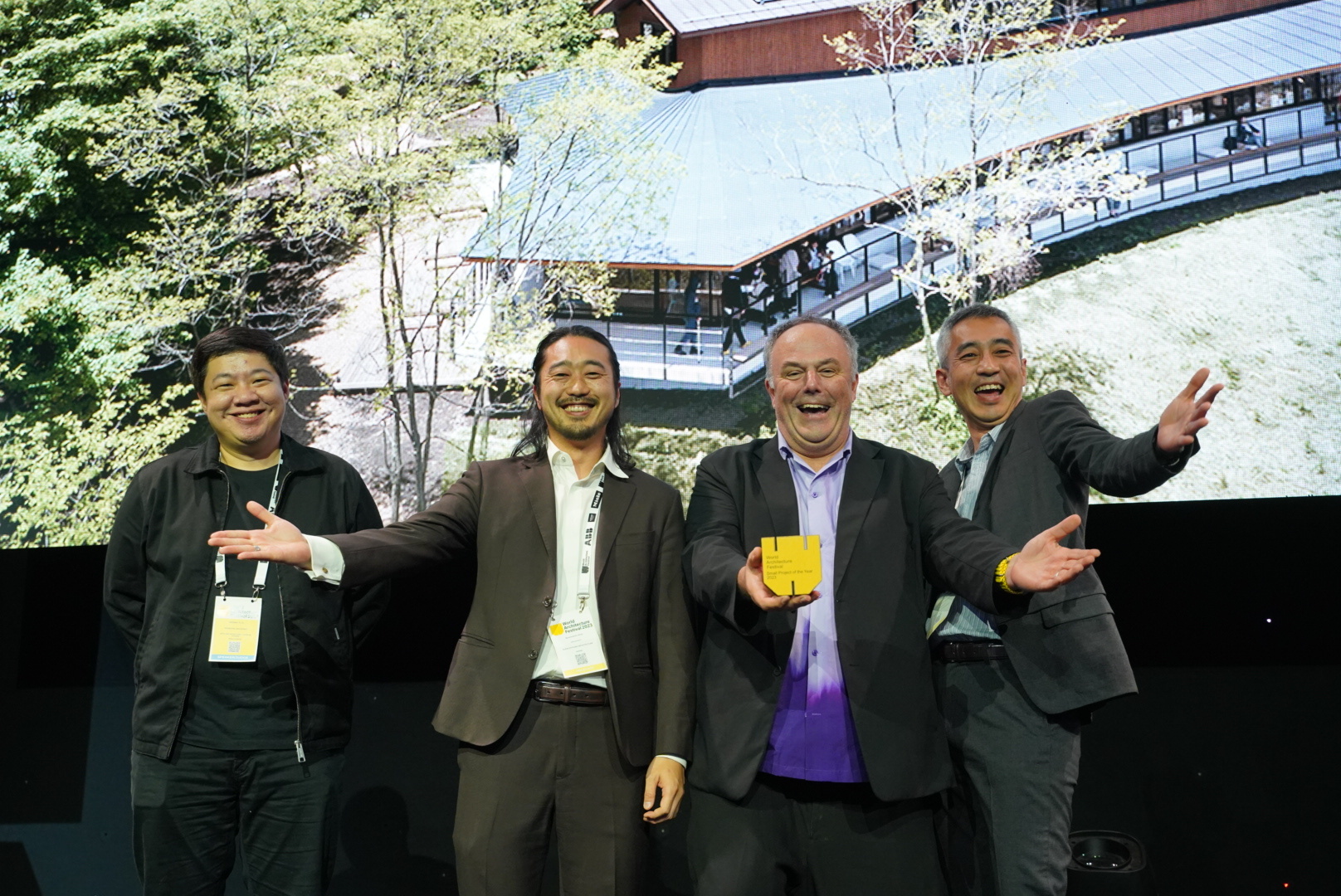
Letter from London
A monthly blog on architecture, life in London and much more by WAF Programme Director, Paul Finch.
Reflections on WAF 2023
World Architecture Festival returned to Singapore this year, after a break of eight years in Europe (and online during Covid . . .). Much has remained the same, not least the magnificent venue that is Marina Bay Sands, but much has changed, notably the Singapore skyline, always a scene of construction activity. Cranes were much in evidence.
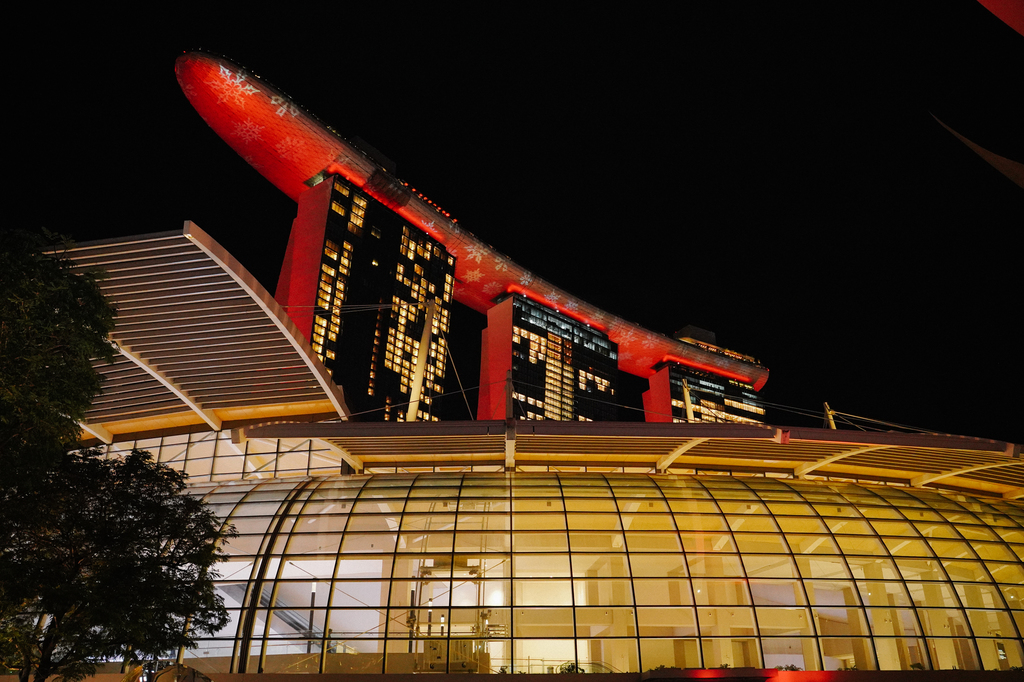
As ever, our awards programme formed the heart of the Festival, with more than 500 presentations across the three days, a hard-working team of 120-plus judges, and the usual invisible WAF engine room ‘ops’ team making sure everything ran smoothly, including a successful Gala Dinner, concluding with our best-in-show awards.
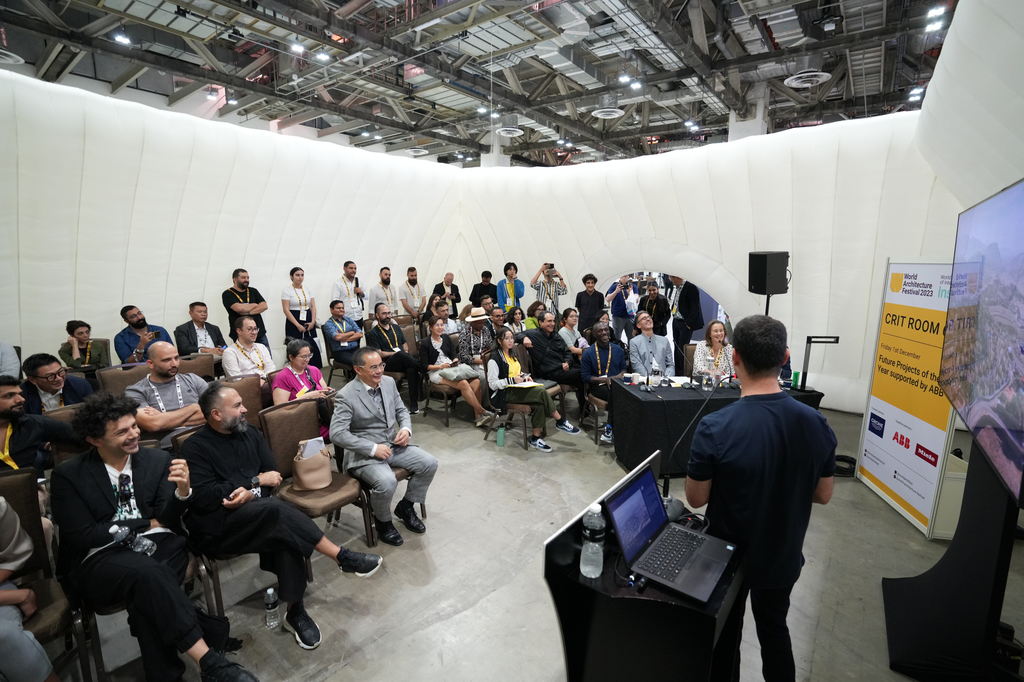
People often ask how WAF has changed since our launch in 2008. The truth is the format is pretty much the same, because the choreography of the awards programme works well. We may tweak categories and definitions a bit, but the basic structure is as it always has been. So too with our conference programme, with two stages; what changes, of course, is the content.
We devoted more time this year, on the secondary stage, to our WAFX award-winners – more numerous than in the past because we decided to focus on quality of ideas in the various categories, rather than picking single winners. This allowed for excellent discussions involving multiple winners, and is a model we will repeat. These awards are for future projects tackling the big issues facing communities across the world – ageing and health, power and justice, carbon and climate and so on; one of the intriguing aspects of the judging is the way architects from different cultures, geographies and climates tackle the same issues, in their own particular ways. What the winners have in common, of course, is design excellence.
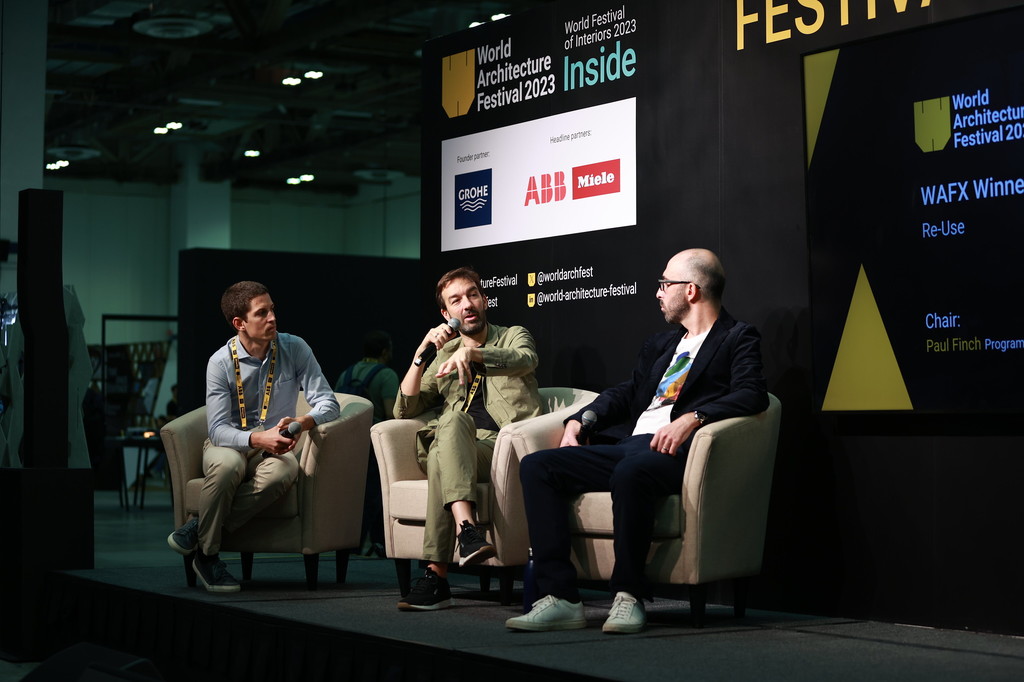
There is an overall winner in this set of awards, which this year went to Arup for a project envisaging the conversion of redundant North Sea oil rigs into data centres; by chance, the idea of converting these structures inspired one of our Architecture Drawing Prize winners, Eldry John Infante from the Philippines, who won the Hybrid category this year.
Catalytic conversation
Discussions on the main Festival stage focussed on the drivers of architecture and design, sometimes new challenges, conditions or contexts, sometimes accelerating existing trends. As ever, a wide variety of speakers were able to address the subject from particular standpoints: in terms of cultural challenges, Honor Harger (director of the terrific Art-Science Museum at Marina Bay Sands), Wim Walschap from Herzog and De Meuron, and Paris-based Adrien Gardère were able to cite the way in which contemporary questions of display, audience interaction and the nature of public space inform museums and galleries. Lunchtime lectures by Mario Cucinella and Sir Peter Cook looked respectively at the way our relationship to nature is informing architectural thinking, and the prospects for European architecture and cities in the context of growing Asian influence and activity. An immediate practical issue – the need for collaboration in the face of natural disaster – was hosted by the Turkey Design Council, which has joined up international and local practices, under a Foster & Partners umbrella) in response to the recent earthquake which brought devastation on an unparalleled scaled, only overshadowed in media terms by conflict in Ukraine and Gaza.
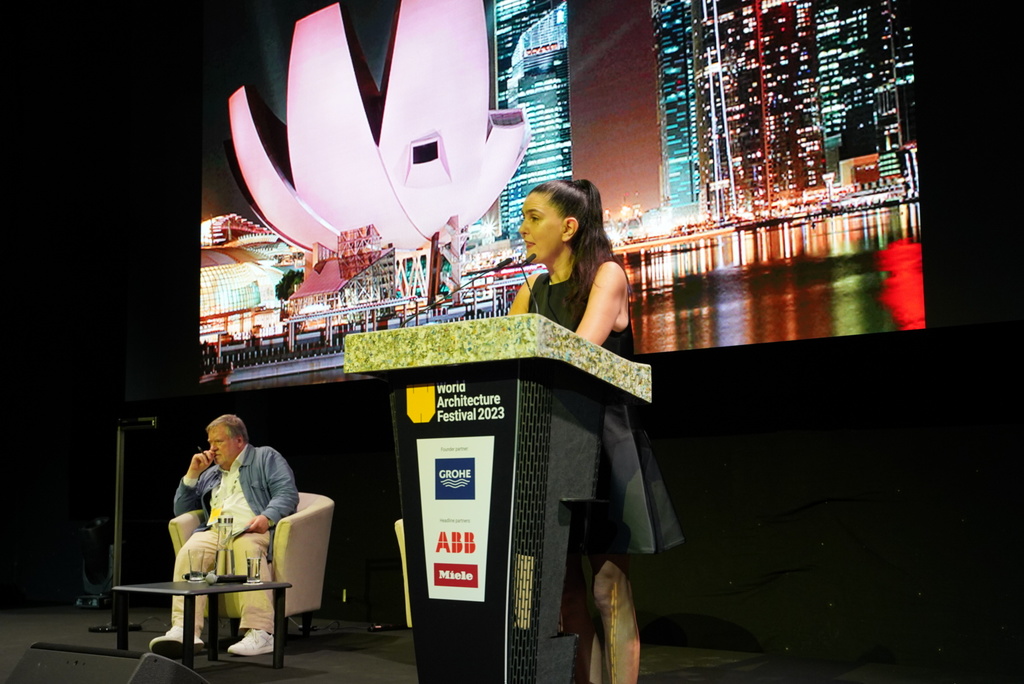
UK contributors Patrick Bellew and John McElgunn, from Atelier Ten and RSHP respectively, guided as through the challenges of environmental design on the one hand, and cultural storage and conservation on the other, reminding us of the breadth of issues which designers face on an everyday basis. Bellew had timely criticism of greenwash construction contradicting its stated ambitions, a good example being the provision of cycle spaces in specially constructed basements, where the carbon cost of latter outweighs any possible benefit from the former – and anyway, why not make provision for parking at or above ground?
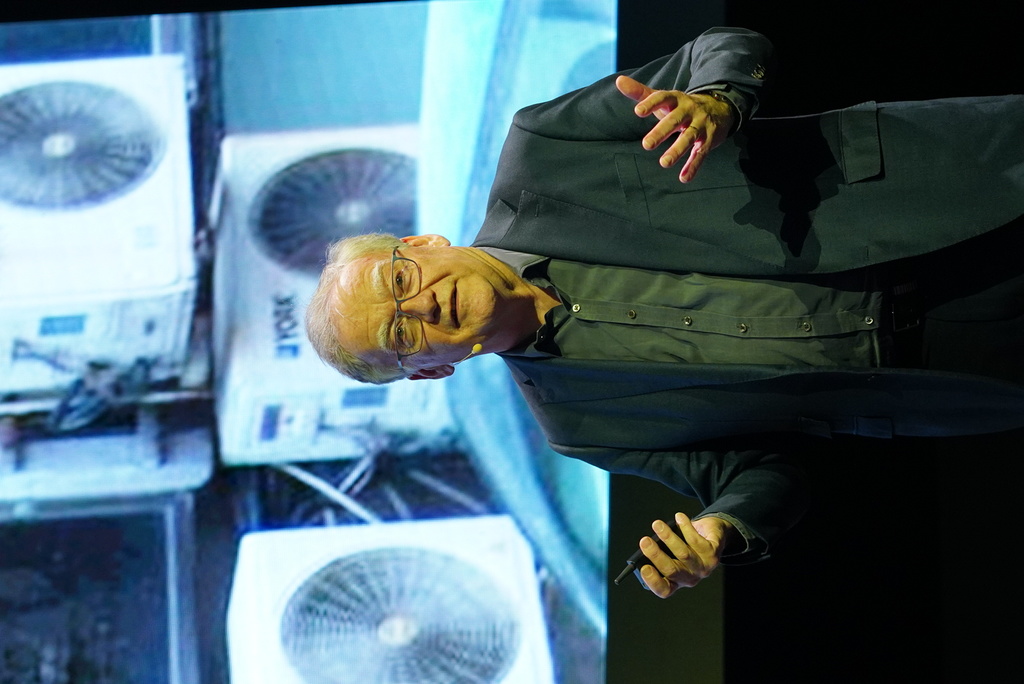
Contributions in respect of Singapore’s design and construction culture came from Charu Kokate of Moshe Safdie Architects, providing insight into how to deal with clients whose idea of a programme is simply to ask for an ‘icon’, and veteran local architect Tan Cheng Siong, who made an impassioned plea for the country’s planning and design authorities to think more about horizontal ground-plane connections, and the ease with which older and less able can move about the city, and rather less on the benefits of increasingly tall towers. This was an impassioned plea from someone who had experience successive (and successful) phases of Singapore’s development over the nearly six decades since independence.
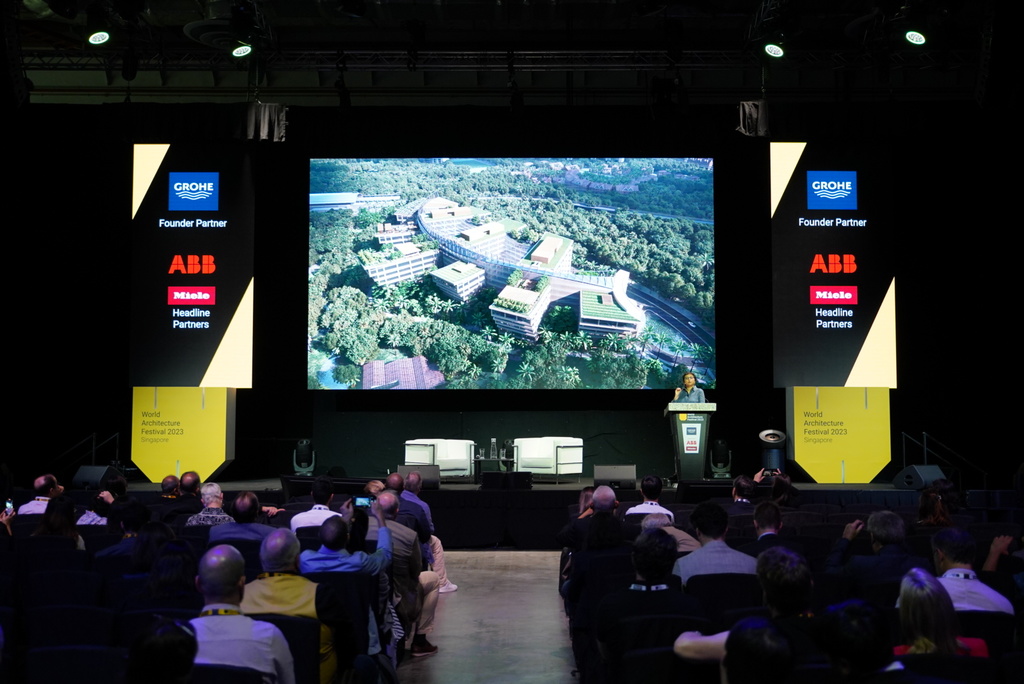
As ever, one experienced Singapore as a form of experimental ground, where architecture, urbanism and landscape met in new formulations. The country’s Urban Redevelopment Authority (URA) staged a brilliant exhibition launched during WAF, featuring the work of William Lim and his practice inheritor Mok Wei Wei (a former WAF super-juror), and how their architecture has responded to changing Singapore contexts since independence, not least in challenging and generating amendments to regulatory definitions of floor area, setbacks and so on, which have resulted in smarter development with greater social benefit.
We will be returning to Singapore next year (6 to 8 November), when the Big Conversation about all things architectural will continue in a place where ideas soon turn into development proposition, not least in terms of the way we treat the elderly – by making them part of active society rather than being confined to care-home ghettos.
Procrastination hits London
A year ago, your correspondent gave evidence at a public inquiry into a significant development by Mitsubishi on London’s South Bank, supported by the local planning authority, supported by the Mayor of London, but called in for a public inquiry by the maverick minister Michael Gove. His objection to the modernisation of a useless Marks & Spencer department store on Oxford Street has previously been described here; we await the result of a legal challenge to his blocking attempts.
The result of the South Bank inquiry should have been announced in the summer; it was then delayed and should have been declared in November. Now it has been delayed yet again, apparently until February next year. Is Mr Gove hoping that he will be given a new job by then, leaving the decision to somebody else, or is he too nervous about agreeing or disputing the planning inspector’s findings? His Conservative Party appears to be victim of a political Death Wish, which embraces the idea that decisions delayed mean decisions improved. It is hard to believe that a party nominally in favour of business has managed to antagonise the entire real estate sector as a result of vacillation, policy U-turns, and an utter failure to produce a convincing policy about how we house an increasing population. Net migration to the UK increased by 600,000 last year, by the way, with a deafening silence about our miserable housing delivery and what realistic plans we have to improve it.
On a happier note . . .
The Architecture Drawing Prize winners and selected entrants will be on display at the Sir John Soane Museum in London from the end of January. If you get the chance, don’t miss it – a visit is not only a reminder of the power of drawing, but of the extraordinary place created by Soane, donated to the country on his death.
Incidentally, a fan of Soane is Singapore architect Rene Tan, whose young team produced a second Festival model exhibition featuring forgotten work by Le Corbusier. Rene’s delightful self-designed house is a hymn to Soane, the craft of joinery, and an intriguing architectural promenade which would have delighted the master himself.
Founder Partner






